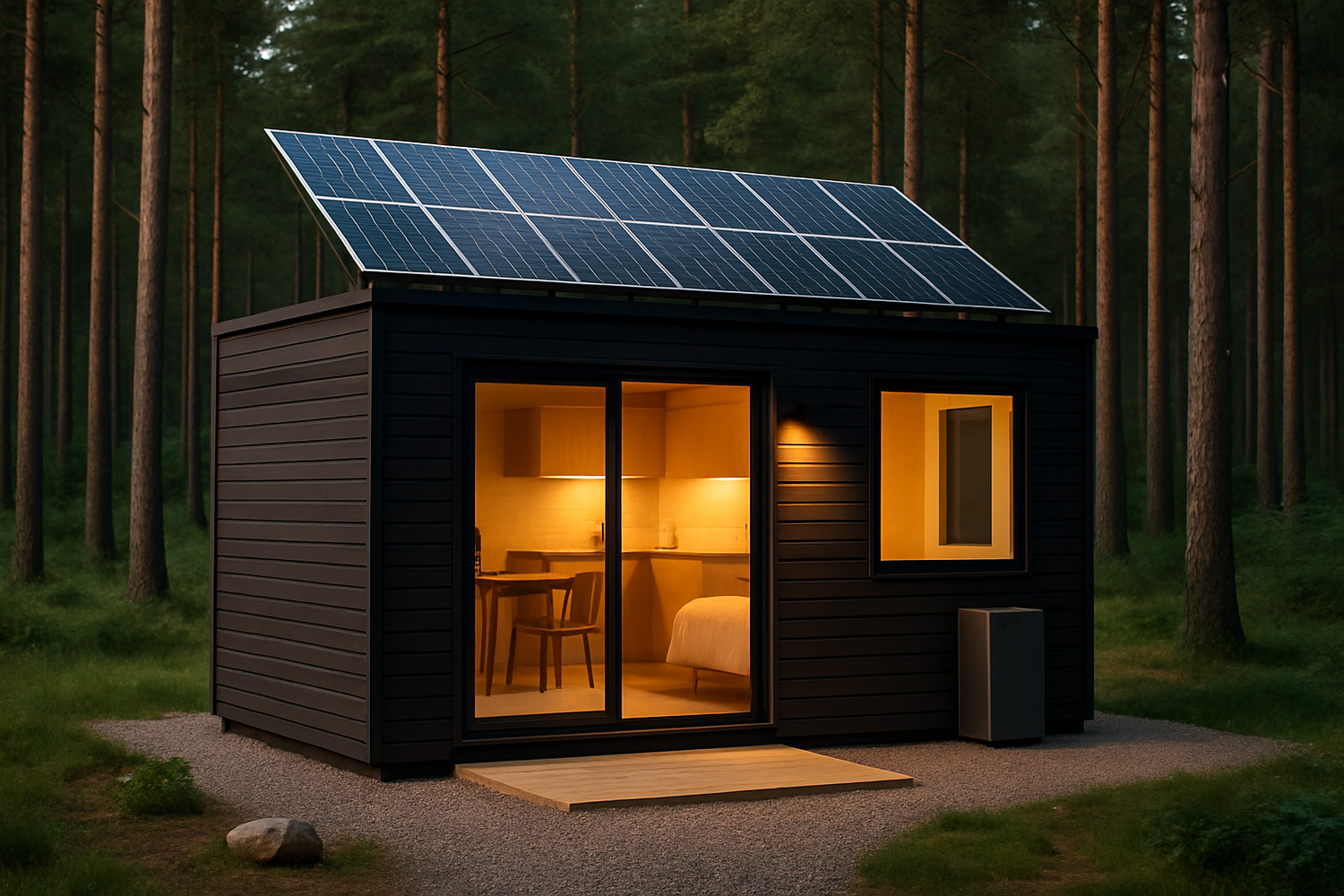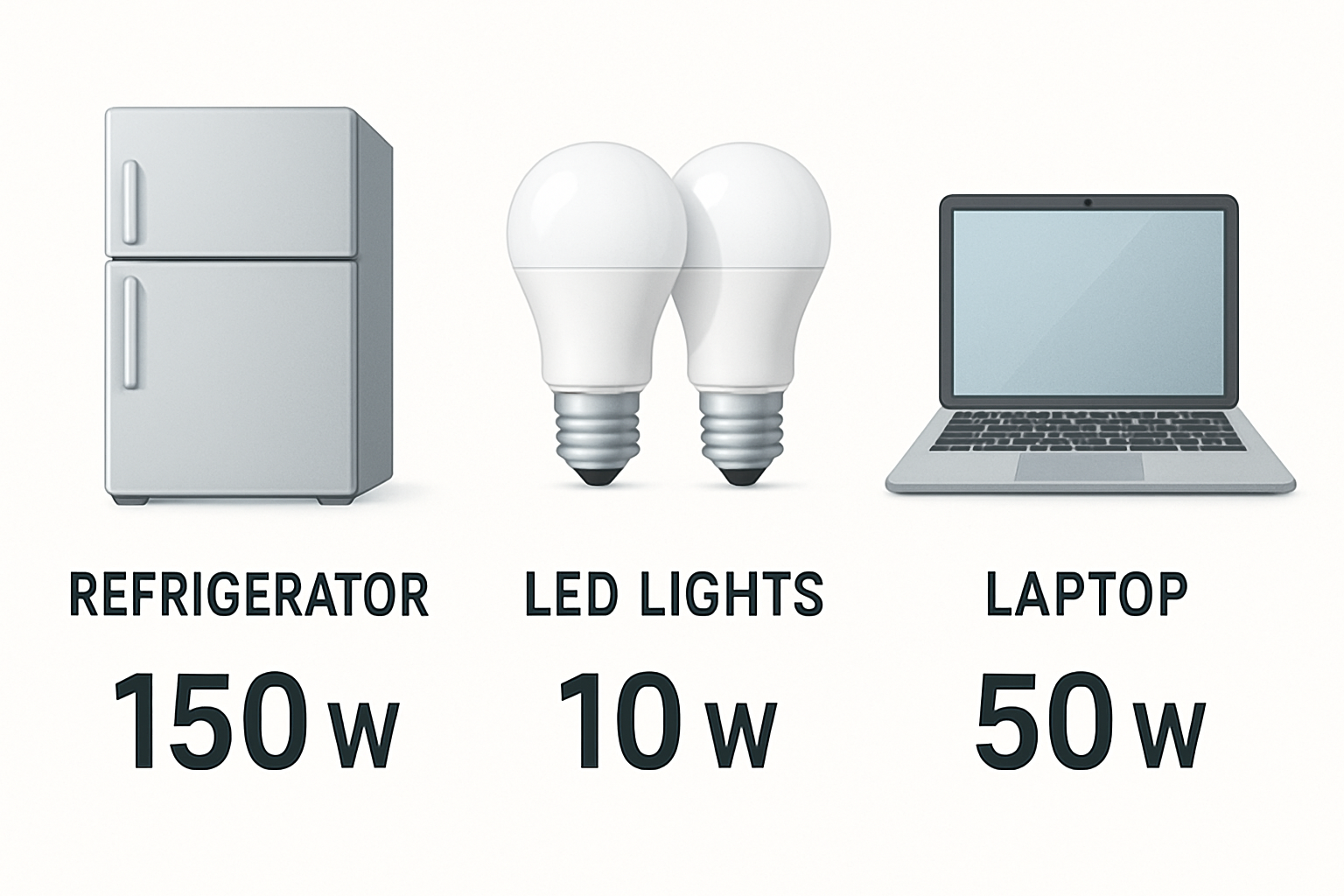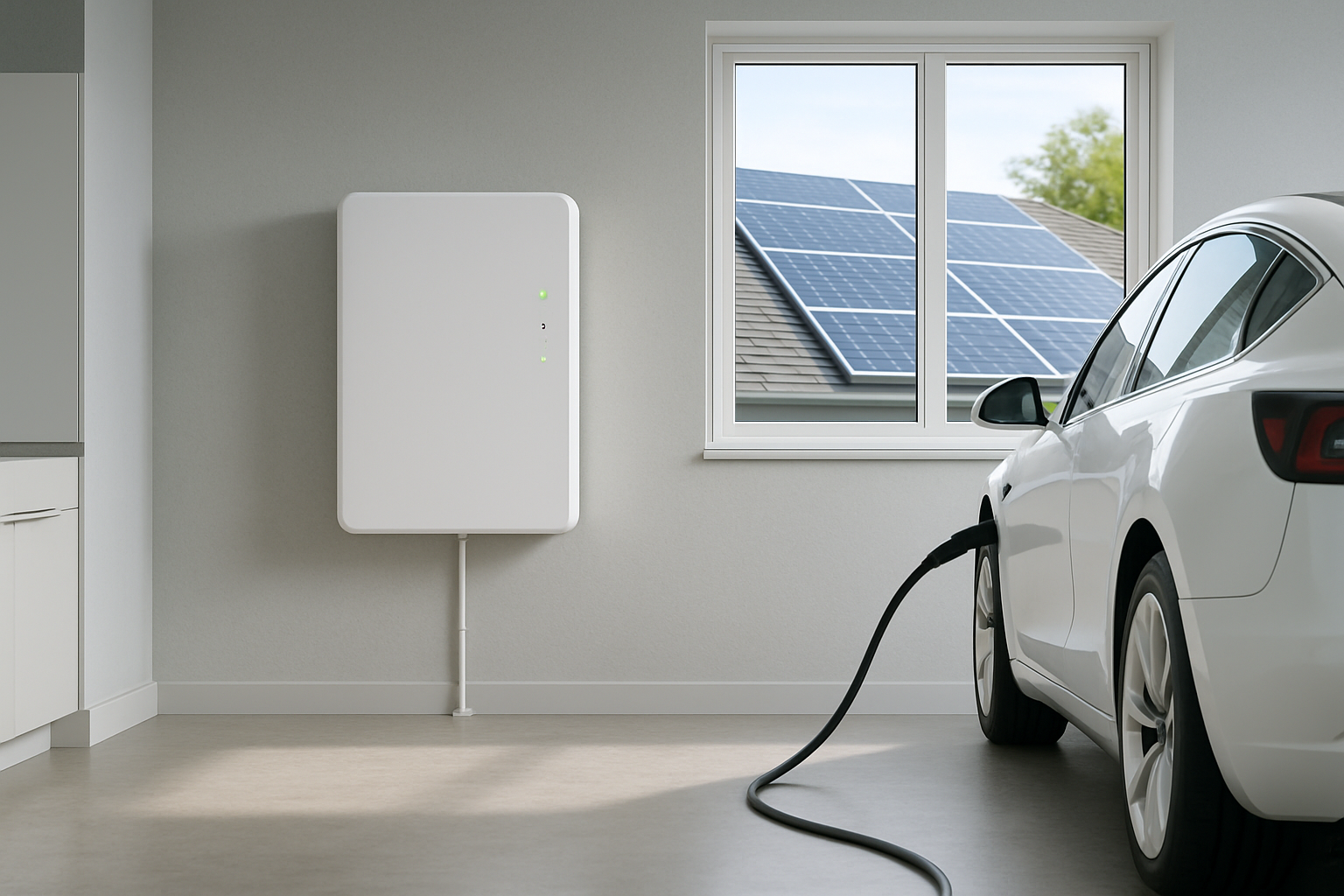Properly sizing a battery is fundamental to designing an effective solar battery storage system. A common size on the market is the 200ah lithium battery, a versatile option for many applications. But its suitability depends entirely on your specific energy requirements. Choosing the right capacity ensures you have reliable power without overspending on a system that is larger than necessary. This analysis covers the essential calculations and scenarios to help you determine if a 200Ah battery is the correct choice for your energy goals.
Understanding the Capacity of a 200Ah Lithium Battery
Before assessing its applications, it's important to translate '200 amp-hours' into a more practical unit of energy: kilowatt-hours (kWh). This figure represents the total amount of energy the battery can store and deliver.
From Amp-Hours to Kilowatt-Hours: A Clear Calculation
The energy stored in a battery is calculated by multiplying its amp-hour rating by its voltage. A 200Ah battery's energy capacity changes significantly with the system voltage you select. The formula is: Energy (Wh) = Amp-Hours (Ah) × Voltage (V).
| System Voltage | Calculation | Total Capacity (kWh) |
|---|---|---|
| 12V | 200Ah × 12V | 2.4 kWh |
| 24V | 200Ah × 24V | 4.8 kWh |
| 48V | 200Ah × 48V | 9.6 kWh |
As the table shows, a 200Ah battery in a 48V system stores four times the energy of the same battery in a 12V system. This distinction is critical for proper system design.
The LiFePO4 Advantage: Usable Energy and Depth of Discharge (DOD)
Total capacity is not the same as usable capacity. The Depth of Discharge (DOD) indicates how much of a battery's total energy can be safely used without degrading its lifespan. Lithium iron phosphate (LiFePO4) batteries excel here, offering a DOD of 90% or higher. In contrast, traditional lead-acid batteries typically have a recommended DOD of only 50%. System designs for critical applications often assume a high DOD. For instance, a report from the International Renewable Energy Agency (IRENA) on electrification for healthcare uses a 90% DOD in its battery capacity calculations. For a 12V 200Ah LiFePO4 battery, this means you have approximately 2.16 kWh (2.4 kWh × 90%) of consistent, usable energy.
How to Determine if a 200Ah Battery Fits Your Needs
A successful solar battery storage setup begins with a detailed assessment of your energy consumption. A 200Ah battery is only the right choice if it aligns with your calculated daily power needs and desired autonomy.
Step 1: Conduct a Thorough Energy Audit
An energy audit involves listing every appliance you intend to power, its wattage, and the number of hours you use it daily. Multiply the wattage by the hours to find the daily watt-hours (Wh) for each device. Sum these figures to get your total daily energy consumption.
For example, a small off-grid cabin might have the following loads:
- LED Lights: 4 lights × 10W × 5 hours/day = 200 Wh
- Efficient Refrigerator: 150W × 8 hours/day (cycle time) = 1200 Wh
- Laptop Charging: 60W × 3 hours/day = 180 Wh
- Water Pump: 120W × 0.5 hours/day = 60 Wh
The total daily energy requirement would be 1640 Wh, or 1.64 kWh. In this scenario, a 12V 200Ah battery with 2.16 kWh of usable energy would be sufficient.
Step 2: Account for System Inefficiencies and Autonomy
Real-world systems have energy losses. Inverters, which convert DC battery power to AC for your appliances, are typically 85-95% efficient. You also need to plan for 'days of autonomy'—the number of days your system can run without solar charging due to cloudy weather. The formula used in IRENA's system design guide is a helpful reference: Battery Capacity (Wh) = (Days of Autonomy × Total Daily Load) / (Load Efficiency × DOD × Discharging Efficiency). Using this framework ensures your system is robust enough to handle periods of low solar generation.
Ideal Applications for a 200Ah Lithium Battery System
The capacity of a 200Ah lithium battery makes it a strong candidate for several specific use cases, particularly where energy needs are moderate and well-defined.
Off-Grid Living: Cabins, Tiny Homes, and RVs
For smaller off-grid dwellings and recreational vehicles, a 200Ah battery, often in a 12V or 24V configuration, hits a sweet spot. A system with 2.4 kWh to 4.8 kWh of usable energy can comfortably power essentials like lighting, a small refrigerator, fans, and electronic device chargers. The modular nature of these batteries also allows for expansion; you can start with a single 200Ah unit and add more in parallel to increase your energy storage as your needs grow.
Critical Backup Power for Homes
A 200Ah battery is an excellent solution for a partial home backup system. Instead of powering an entire house, it can be dedicated to essential circuits during a grid outage. This could include keeping a refrigerator and freezer running, powering an internet router and computer for communication, or operating essential medical equipment. This approach provides energy security for critical needs without the cost and complexity of a full-scale home backup system.
Integrating a 200Ah Battery into Your Solar Setup
Selecting the battery is only one part of the equation. It must be paired with compatible components to create a safe, efficient, and reliable solar energy system.
Choosing the Right System Voltage
The choice between a 12V, 24V, or 48V system depends on your total power requirements. A 12V system is simpler and suitable for small loads like in an RV. A 48V system is more efficient for larger setups, as it allows for smaller, less expensive wiring and reduces energy loss over distance. Your total daily load and peak power demand should guide this decision.
The Role of the Inverter and Solar Charge Controller
The inverter must be sized to handle the maximum simultaneous power draw of your appliances. The solar charge controller regulates the power from your solar panels to safely charge the battery, and its voltage and amperage must match your solar array and battery bank. The synergy between these components is vital for system health. For a deeper look at how these components interact, you can review this guide on solar storage performance metrics.
A Forward Look at Battery Technology
The energy storage landscape is evolving rapidly. The International Energy Agency highlights in The Role of Critical Minerals in Clean Energy Transitions that battery deployment is growing at an unprecedented rate. This growth is fueled by significant cost reductions. According to IRENA's analysis, the installed cost of utility-scale battery storage has fallen by 93% between 2010 and 2024. These trends indicate that powerful and scalable energy storage solutions are becoming increasingly accessible for a wider range of applications.
Final Considerations for Your System
Ultimately, the decision to use a 200Ah lithium battery should be driven by data from your personal energy audit. It is a highly capable and versatile battery, but its effectiveness is tied to the context of its application. By carefully calculating your daily energy use, planning for autonomy, and selecting the right system components, you can build a reliable solar battery storage system that meets your needs for years to come.
Frequently Asked Questions
What can a 200Ah lithium battery run?
A 12V 200Ah lithium battery, providing about 2.16 kWh of usable energy, can typically power a small off-grid setup for a day. This includes several LED lights, an energy-efficient refrigerator, a laptop, and phone chargers. It is also ideal for backing up essential home appliances like a freezer, sump pump, or internet modem during a power outage.
How many solar panels do I need to charge a 200Ah battery?
To fully charge a 12V 200Ah battery in a single day, you would generally need between 600 and 800 watts of solar panels. This assumes about 4-5 peak sun hours and accounts for system inefficiencies. The exact amount will vary based on your geographical location, local weather patterns, and the time of year.
Can I connect multiple 200Ah batteries?
Yes, you can connect multiple 200Ah batteries to increase your system's capacity or voltage. Connecting them in parallel increases the total amp-hours (energy storage), while connecting them in series increases the total voltage. It is critical to use batteries of the same model, age, and capacity and to follow the manufacturer's guidelines to ensure safe and balanced operation.
How long will a 200Ah lithium battery last?
The lifespan of a 200Ah LiFePO4 battery is measured in charge cycles. A high-quality battery is typically rated for 3,000 to 5,000 cycles or more. With daily use, this can translate to a lifespan of over 10 years, which is significantly longer than that of traditional lead-acid batteries, making it a sound long-term investment.





Leave a comment
All comments are moderated before being published.
This site is protected by hCaptcha and the hCaptcha Privacy Policy and Terms of Service apply.